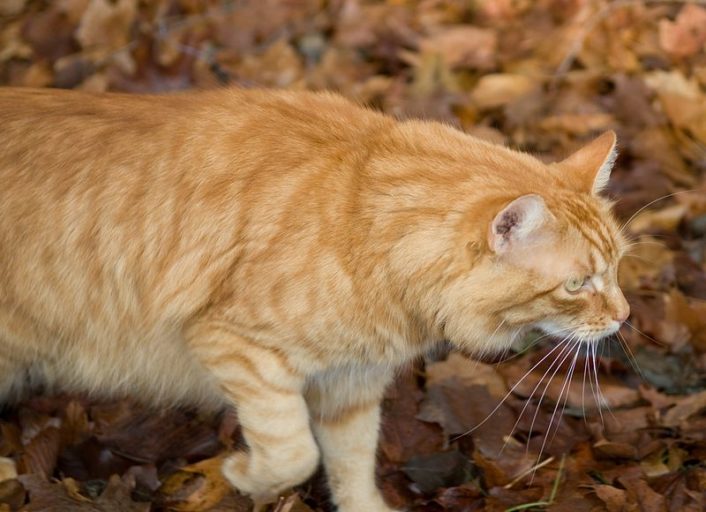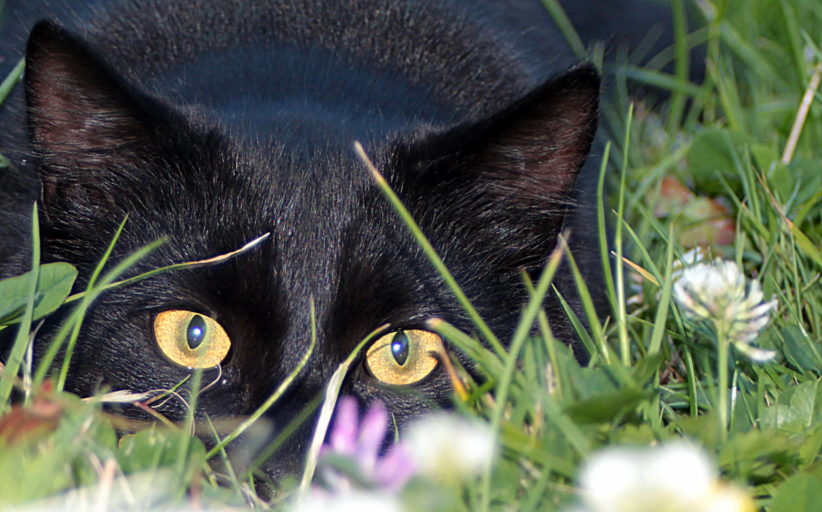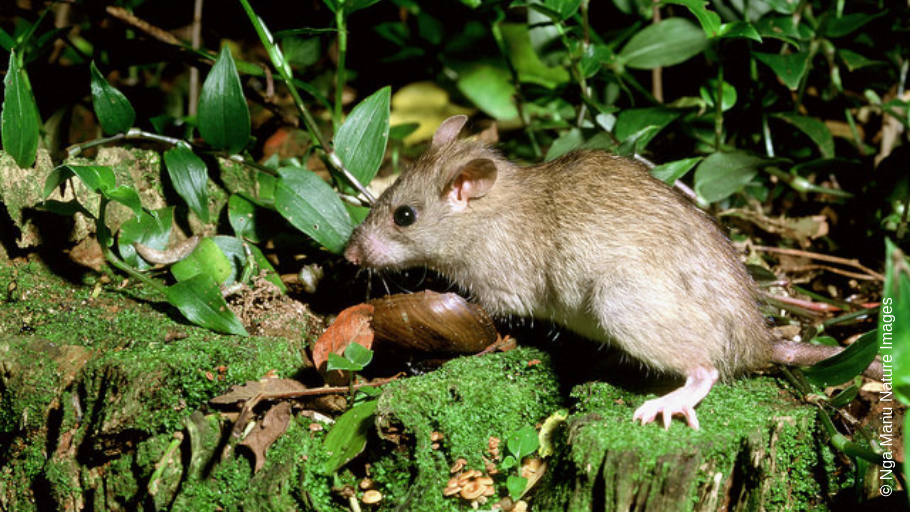When scientists studying the dynamics of a Norway rat colony in New York had some wild cats moved in on the experiment, they took the opportunity to see how the presence of cats and their behaviour influenced the presence and behaviour of the rats. Did rats move out when the cats moved in – or did they just become less conspicuous? The results were recently published in the journal Frontiers in Ecology and Evolution.
Note: this study relates only to Norway rats which dominate in cities overseas. Whether the findings apply to the smaller ship rats that are also commonly found in New Zealand cities, has yet to be investigated.

Note: this study relates only to Norway rats which dominate in cities overseas. Whether the findings apply to the smaller ship rats that are also commonly found in New Zealand cities, has yet to be investigated.
“Feral cats are predators that cause widespread loss of native wildlife in urban ecosystems. Despite these risks, cats are commonly released as control agents for city rats. Cats can influence their prey directly by killing or indirectly through changes to feeding or space-use. However, cats prefer defenseless prey, and there are no data suggesting that cats influence large (>300 g) urban rats.”
It’s all about the cost/benefit analysis. Cats probably don’t know they’re doing it, but when hunting they instinctively weigh up the risks and potential returns. A painful previous encounter with a large rat may also influence them.
“Many non-trained observers cannot tell the difference between mice which weigh 20–35g and city (Norway) rats which often weigh 10 times as much. This misconception may be partly responsible for cats being widely considered as a “natural” control tool for rats. However, predators have an energy budget, whereby their caloric intake is maximized against potential risks from large or defensive prey. And thus, cats may be more likely to deplete birds and easier meals (e.g., smaller mammals and their young) before moving to rats. Further, as domesticated animals, cats are well adapted to survive on handouts from people. The domestication of cats, and abundance of easier to obtain alternative foods cast doubts on cats’ inclination to prey on city rats and suppress their numbers.”
So what effect do feral cats have on urban rats? The researchers used microchipped rats and field cameras to assess the impact of cats, including temporal and space use patterns, on an indoor rat colony.
“In our longitudinal rat research program in New York City, USA, we have access to an active rat colony inside a waste management facility where, via a pre-existing radio frequency identification (RFID) study, we live-trap, microchip, and release animals while studying their individual life histories, population demographics and behaviors. Additionally, there are nearly two dozen feral cats that have lived in close proximity to this research site for several years. Specifically, we assessed whether variations in the number of cats present on a given day, or preceding day, would influence the number of rats observed, or whether the number of rats or humans would be a predictor of the number of cats seen. Our secondary interests were to determine whether the presence of cats had any effect on the prevalence of 8 common rat behaviors or direction of movement across a frequently utilized runway of the main colony.”
The New York urban rat-lab was at a recycling plant – a perfect hangout for rats with a constant supply of food coming in.
“The recycling plant is an indoor, semi-enclosed building that, as in any industrial, disturbed area, provides ample shelter for rodents. Operations are ongoing day and evening, it is noisy from trucks and excavators and may be noxious from collected rubbish. There is a continuous supply of potential food for small animals, as central operations require that rubbish be brought in, sorted, recycled and disposed of, or shipped out. The site is not climate-controlled and animals may burrow under floors and deep within the walls, thus temperatures inside are variable depending on location. Our primary rat colony is in a mostly unlit area that is dimly lit or dark day and night. The primary food supply is located immediately to the west of the main burrows.”
Rat paradise in other words!
“We have an ongoing rat research program at multiple sites in NYC, assessing rat behaviors in relation to scents, while producing ethograms and activity budgets to document city rat behaviors in the natural environment. During the latter part of our previous trials, several cats entered our research area and persisted throughout the study. Instead of halting experiments, we designed an investigation to quantify the influence of cats on the rat behaviors and movements. From Dec 27, 2017 through May 28, 2018 we captured 306 videos of pre-identified cats and/or rats that shared the same space. There were 3 instances of predation and 20 stalking events.”

Whether cats had recently been seen had an influence on the likelihood of seeing the rats over the next day or so.
“Logistic regression showed the likelihood of a rat being seen on a particular day is associated with the number of cats seen on the same day or previous day. Space-use was also impacted. For every additional cat sighting, a rat is 1.19 times more likely to move in the direction of shelter.”
Actual predation levels, however, were low – just 3 instances of predation.
“Our findings of low levels of predation support why ecologists believe the risks to native wildlife outweighs any benefits of releasing cats. Even though rats were less likely to be seen, they simply shifted their movements and remained present in the system. Our findings that cat presence led to fewer rat sightings may explain the common perception of their value as rat-predators despite the associated risks.”
The ‘moral’ of the research: Just because you don’t see any rats when you’ve got a cat around, doesn’t mean they’re not there! It may seem that the rats have been controlled by cats, whereas actually they’re just less visible But again, the study relates to big Norway rats. New Zealand’s situation may be different to New York’s – at least where ship rats are concerned.
Interestingly, the New York researchers mentioned in their write-up some New Zealand research done back in 1982 involving our smaller ship rats.

“Karl and Best (1982) examined 229 scats from feral cats on Stewart Island, New Zealand. Rats (Rattus spp.) occurred in 93% of the scats (as compared to 44% birds). However, adult rats in these systems tends to be around 150 g (or half the size of a New York City rat).”
“Further experimentation is required as to how the presence of cats, or their scents, indirectly influences the feeding rate and fecundity of rats, and whether this has any tangible benefit as an adjunct to rat control. Such information is essential if we are to understand whether the influence of feral cats on rats is remotely worth the risks to native urban wildlife. Our results at a waste recycling facility, however, suggest that city rats can persist in high density, simply by altering their movements, despite the presence of hunting cats.”
The paper is published in Frontiers in Ecology and Evolution and is freely available online.

